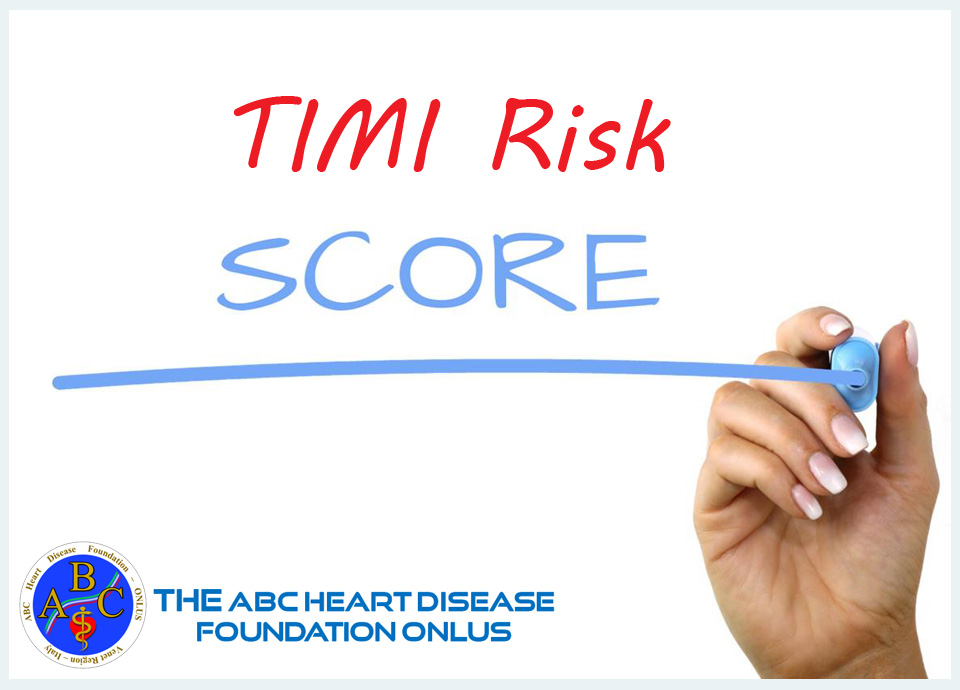

There are several scoring systems which have been devised as methods of identifying high-risk patients presenting with acute coronary syndrome (ACS).These include, among others, the Braunwald classification system, the Rizik classification system, the TIMI risk score, the GRACE risk score, and the PURSUIT risk score. There are several scoring systems which have been devised as methods of identifying high-risk patients presenting with acute coronary syndrome (ACS). Associate Editor-In-Chief: Cafer Zorkun, M.D., Ph.D. Risk calculators and risk factors for Unstable angina / non ST elevation myocardial infarction risk stratification and prognosisĮditor-In-Chief: C. To Hospitals Treating Unstable angina / non ST elevation myocardial infarction risk stratification and prognosis Unstable angina / non ST elevation myocardial infarction risk stratification and prognosis in the newsīlogs on Unstable angina / non ST elevation myocardial infarction risk stratification and prognosis Unstable angina / non ST elevation myocardial infarction risk stratification and prognosis On the WebįDA on Unstable angina / non ST elevation myocardial infarction risk stratification and prognosisĬDC onUnstable angina / non ST elevation myocardial infarction risk stratification and prognosis ICD implantation within 40 days of myocardial infarction Long-Term Medical Therapy and Secondary Prevention Initial Conservative Versus Initial Invasive StrategiesĬomplications of Bleeding and Transfusion Risk Stratification Before Discharge for Patients With an Ischemia-Guided Strategy of NSTE-ACS Perioperative NSTE-ACS Related to Noncardiac SurgeryĪngiographically Normal Coronary ArteriesĪdditional Management Considerations for Antiplatelet and Anticoagulant Therapy Natural History, Complications and Prognosis Your cardiologist uses this information to develop a treatment plan tailored to your condition.Differentiating Unstable Angina/Non-ST Elevation Myocardial Infarction from other Disorders
#Cad risk factors timi full#
They next take X-rays of the dye’s movement through the arteries to show the full extent and severity of the blockages. In that case, your cardiologist inserts thin catheters into the coronary arteries, and then injects a special dye into them. If those initial tests show significant coronary disease, then patients typically go to the cardiac catheterization lab for an invasive coronary angiography.

This test can show potential narrowings of the coronary arteries.

A CT scan uses computer technology to combine X-rays taken from different angles to show more details than traditional X-rays. A computerized tomography scan, or CT scan, is another test your doctor may use to diagnose CAD. Sometimes your doctor will couple these tests with special imaging of the heart that measures the amount of blood flow. The ECG can show abnormalities if there’s insufficient blood flow to the heart muscle. During a stress test, a patient exercises and health care providers monitor the patient’s electrocardiogram (ECG). A stress test is a common test for coronary artery disease.


 0 kommentar(er)
0 kommentar(er)
